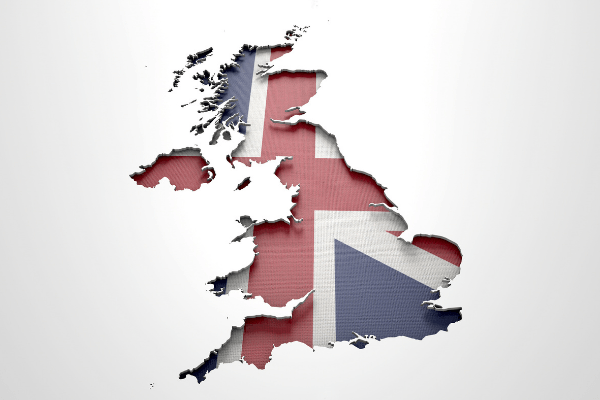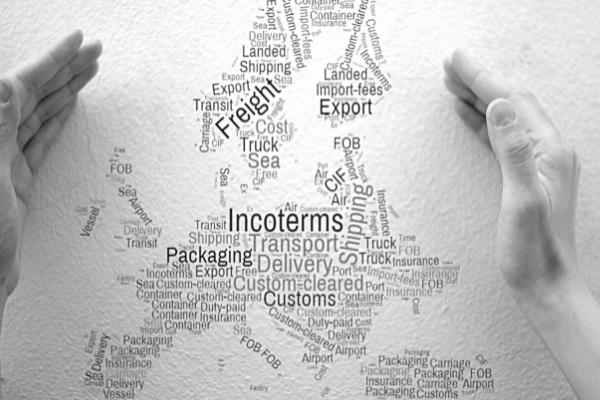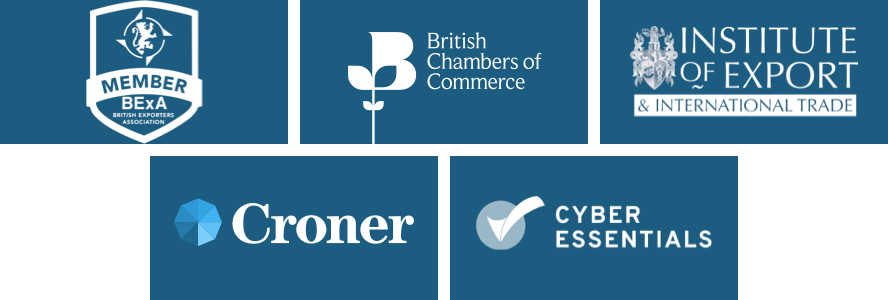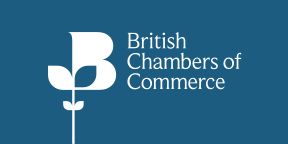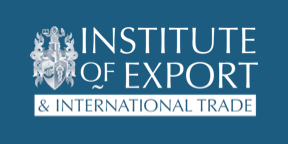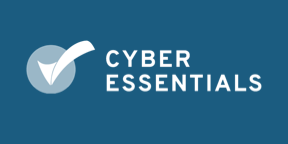BY:
SHARE:
Establishing the correct Customs Value is a legal requirement. The first rule is that, when there is a sale, you must always declare the Transaction Price.
Establishing the correct value of shipments for customs purposes is the third of the three key compliance areas that must be addressed by both trade and customs authorities. Alongside tariff classification and establishing the Origin of the Goods, valuation come under the administration of the World Customs Organisation (WCO) and has rules set through the GATT Agreements now regulated by the World Trade Organisation (WTO).
In its simplest form the word “value” describes what something is worth. But if this was the only definition we had then establishing the “worth” of a product for customs purposes would be arbitrary, subjective and variable. This is not adequate for Customs compliance or for traders who need certainly in how much duty will be charged on their products.
So how do we establish a true value of goods – do we use the price someone is willing to pay for the product? Perhaps, but what about goods that move when there isn’t a sale – do these have no value? Do Customs not collect duty on “free of charge” supplies? What a great potential for fraud or creative accounting if this was the case.
The WTO Valuation Agreement (also known as the Marrakesh Agreement) laid down the hierarchy of the Valuation Methods to be used when valuing goods at import for the collection of duties and taxes:
- Method 1: Transaction Price
- Method 2: Identical Goods Price
- Method 3: Similar Goods Price
- Method 4: Deductive Value
- Method 5: Computed Method
- Method 6: Fall Back Method
The Customs Value must also include, when relevant, some Adjustments (as laid down in Article 8) – these include:
- commissions and brokerage, except buying commission
- the cost of containers and packing
- goods or services provided free of charge by the buyer to the seller (“assists”)
- royalties and licence fees
- proceeds of re-sale paid back to the seller after import
There is the option for countries to also include in the Customs Value the
- cost of international freight and
- the cost of transport insurance
The UK and the EU include these two cost elements in the import customs value.
The WTO mandate is for all member countries to “apply to the Principles of this Agreement” so it can be re-written into national text as long as that does not change it, in principle. The Marrakesh Agreement of 1994 also set up:
- Dispute Settlement Body for Valuation Issues (WTO) – it considers the procedures used to establish the correct Customs Value rather than looking at the “rights or wrongs” of a case. It’s all about using the correct valuation Method for the right reasons and being able to justify it.
- Committee on Customs Valuation (CCV) within the WTO which makes Ministerial Decisions on new trading practices that affect valuation, eg the delivery of software by electronic means thereby avoid customs authorities, yet it adds value to imported goods
- Technical Committee on Customs Valuation within the WCO. The TCCV provides advice on practical issues but this advice is for guidance only it does not become law.
Establishing the correct Customs Value is a legal requirement. The first rule is that, when there is a sale, you must always declare the Transaction Price. Where there is no transaction the hierarchical Method from 2-6 must be applied starting with the Identical Price for the Goods if they were being sold.
The burden of proof always remains with the importer – in other words, Customs Authorities can challenge any import value and request further information. If, after further information is provided Customs believe the declared value is incorrect, they must, however, clearly explain in detail why. This is not only for transparency purposes but, also so that an importer can, if they wish, appeal against the decision.
While you are here you may be interested in some Strong & Herd LLP training courses & live clinics related to this topic:
Valuing Goods for Customs Purposes
International Trade Up-dates into your inbox twice a month
Would you like to keep up to date on customs and international trade issues – subscribe to our OneCall service which combines regular practical updates (Did You Know?) and a helpline support service as well as an interactive members' area with a members' only community.
Spotlight & Training Updates Newsletter
Subscribe to our free information emails covering international trade topics...


